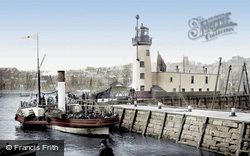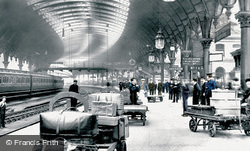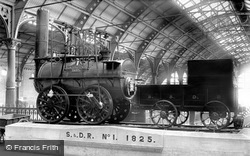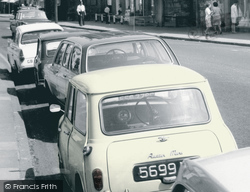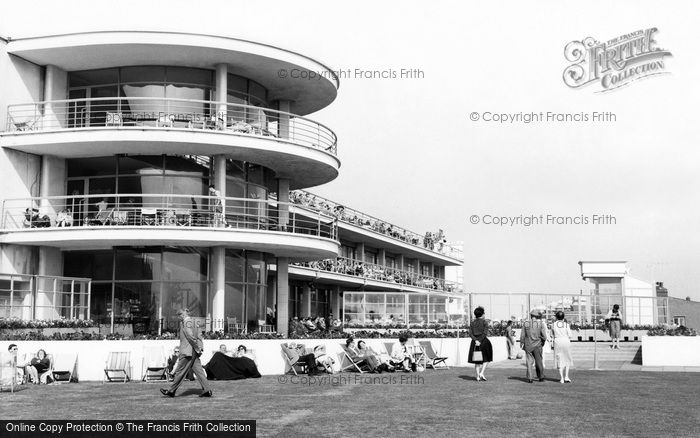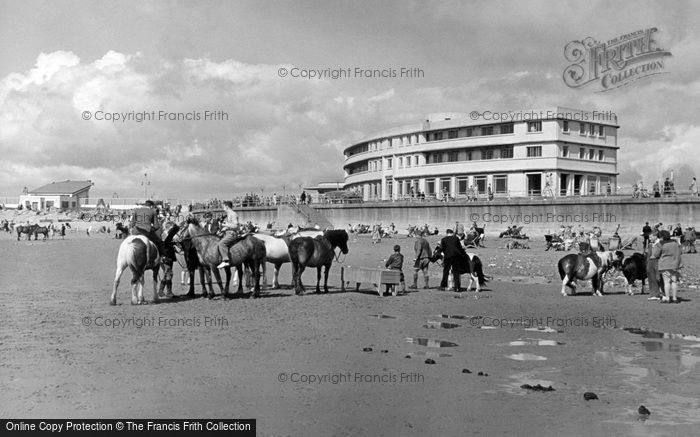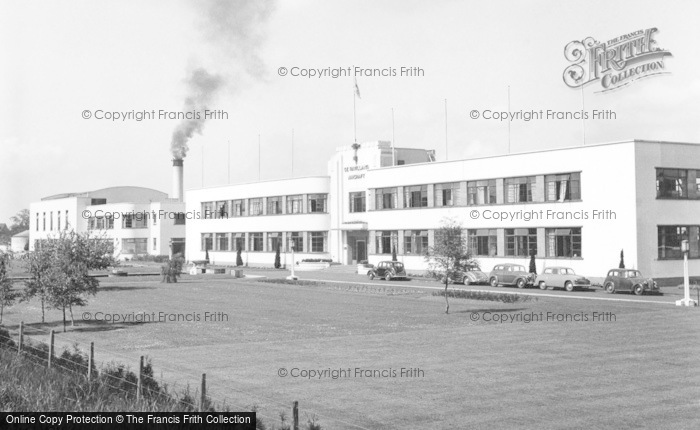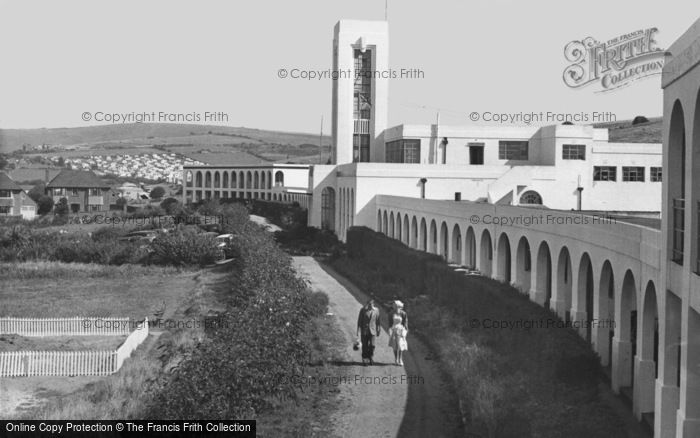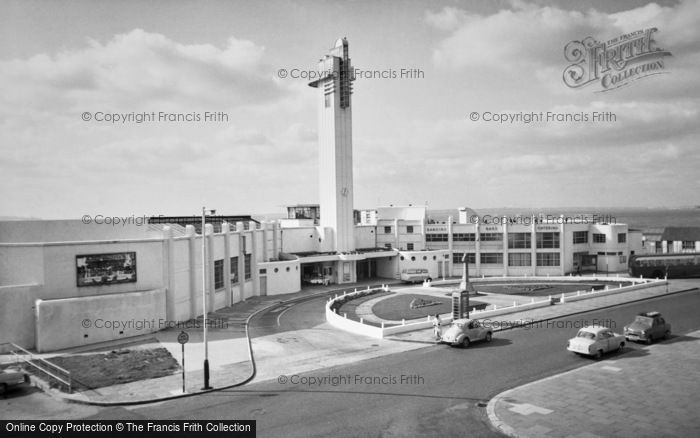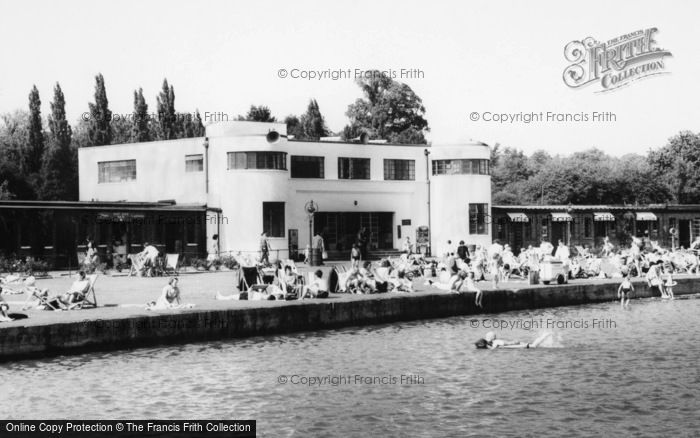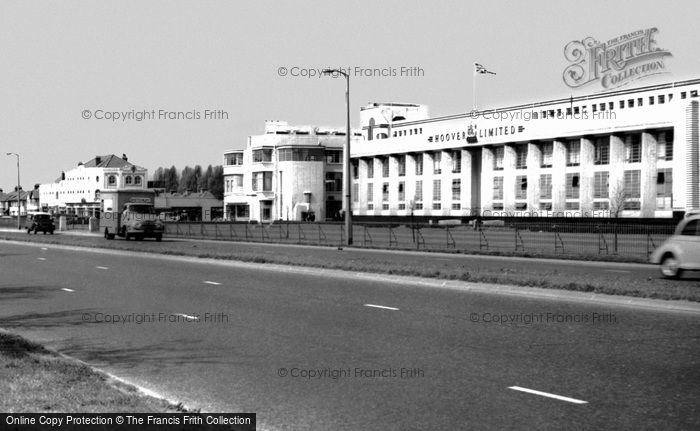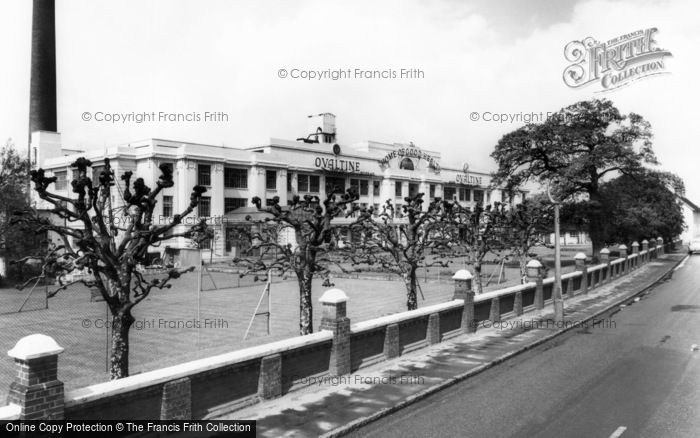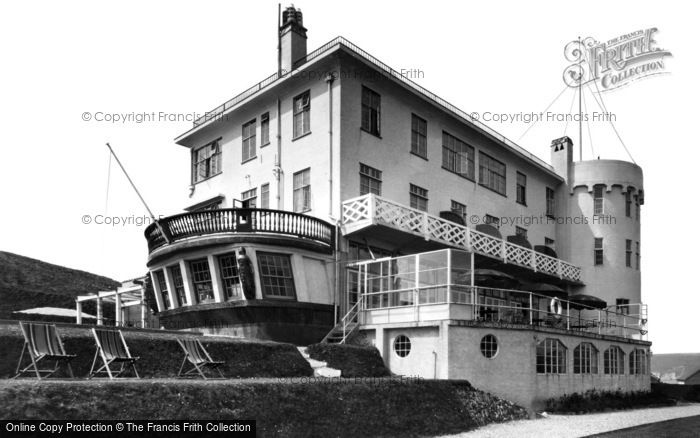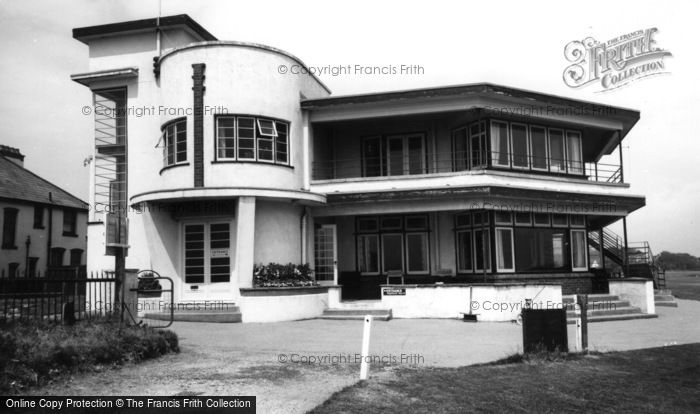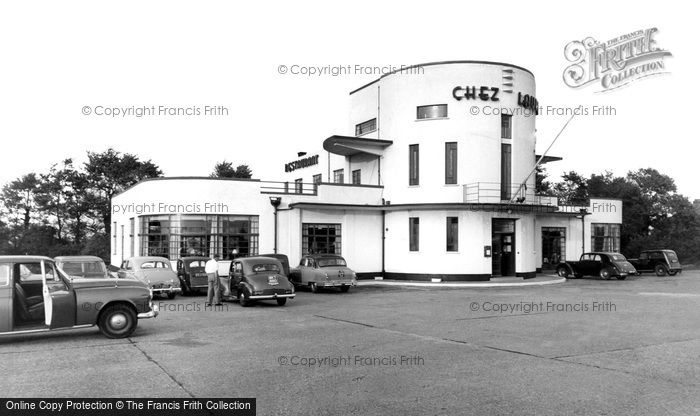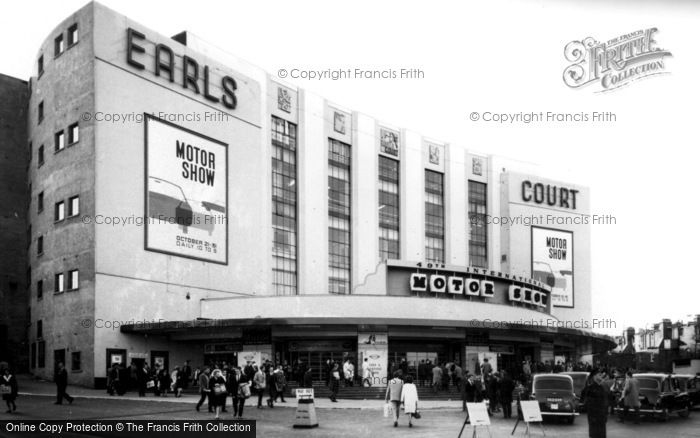Search the Archive
Explore all the places you remember!
Subscribe
Join the thousands who receive our regular doses of warming nostalgia! Have our latest blog posts and archive news delivered directly to your inbox. Absolutely free. Unsubscribe anytime.
Say Hello!
How to keep in touch with us.Art Deco Architecture in Britain
Published on October 24th, 2024
The Art Deco movement began in France in the 1920s and became a major international influence in the design of architecture, fashion, jewellery, furniture and cars. It symbolised glamour, luxury and modernity using sharp lines, smooth surfaces, decorative patterns and geometrical shapes.
One of the most famous Art Deco buildings is the Empire State Building in New York, designed by Shreeve, Lamb and Harmon and completed in 1931. During the 1930s many British architects embraced the style and the decade saw some spectacular buildings erected across the country. Many of these structures were adorned with lavish interiors featuring Deco style artwork and new materials such as chrome plating, stainless steel and plastic were incorporated into their design and construction.
The Great Depression of the 1930s saw American architects refine Art Deco architecture by the use of streamlining the design, removing the ornamental aspects and replacing them with a more aerodynamic approach. This new style became known as Streamline Moderne (in France known as Style paquebot or Ocean Liner style) and is often associated with buildings related to transportation and movement including airport terminals, bus and train stations, port buildings and roadside cafes. Many of these buildings had predominantly white exteriors, rounded corners, long horizontal lines, porthole windows and curved glass that latterly became associated to post-war Modernist buildings.
Some of the best Art Deco buildings in Britain have sadly been demolished but today many of those that do survive have been listed and lovingly restored to their former glory. Using photographs from The Francis Frith Collection, we can show some of the best examples of Art Deco structures in the UK.
*Unconfirmed.
Subscribe
Join the thousands who receive our regular doses of warming nostalgia! Have our latest blog posts and archive news delivered directly to your inbox. Absolutely free. Unsubscribe anytime.

